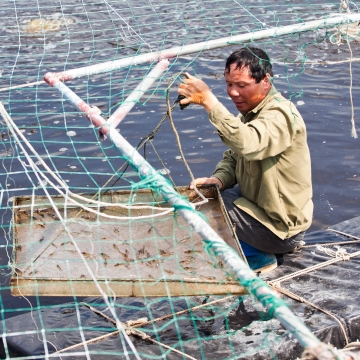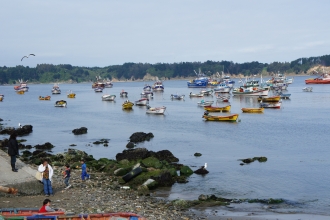Who Should Set the Total Allowable Catch? Social Preferences and Legitimacy in Fisheries Management Institutions
We develop a decision making model based on constraints that are typically encountered in fisheries management when setting the total allowable quota. The model allows us to assess the differences in outcomes when the decision is made by different management institutions under uncertain conditions.

